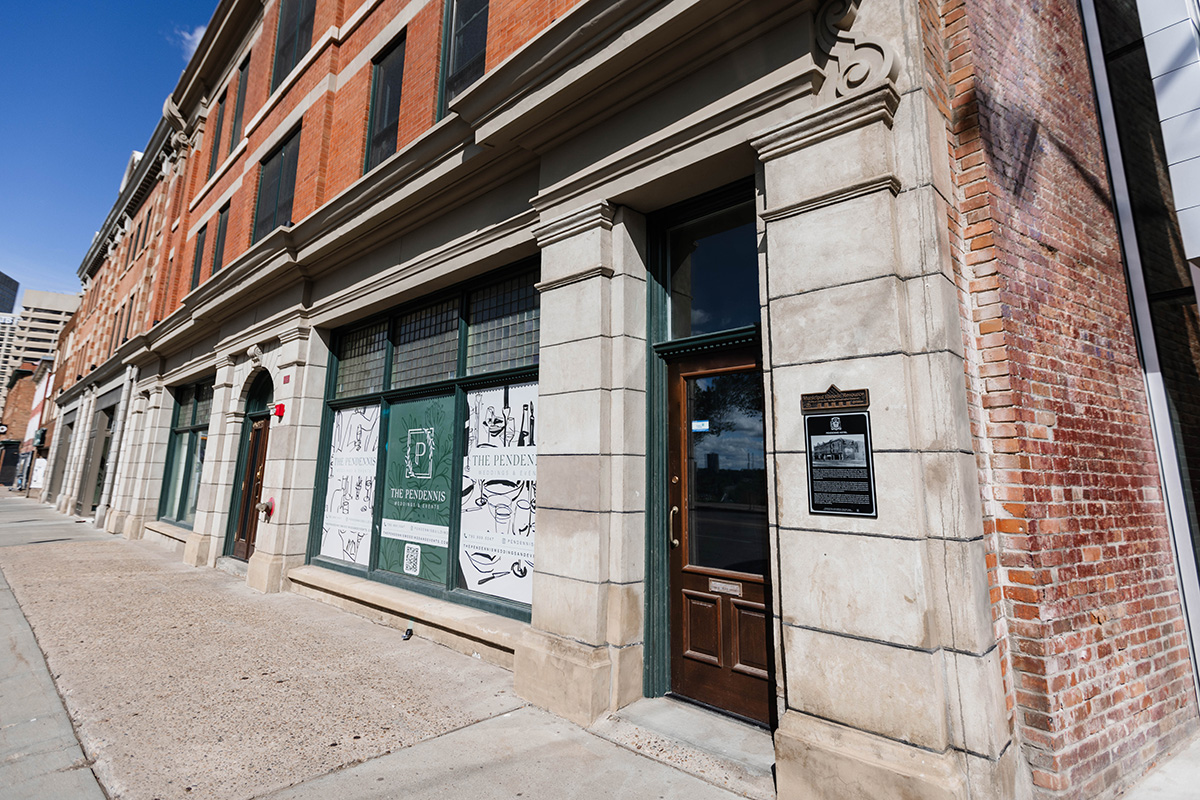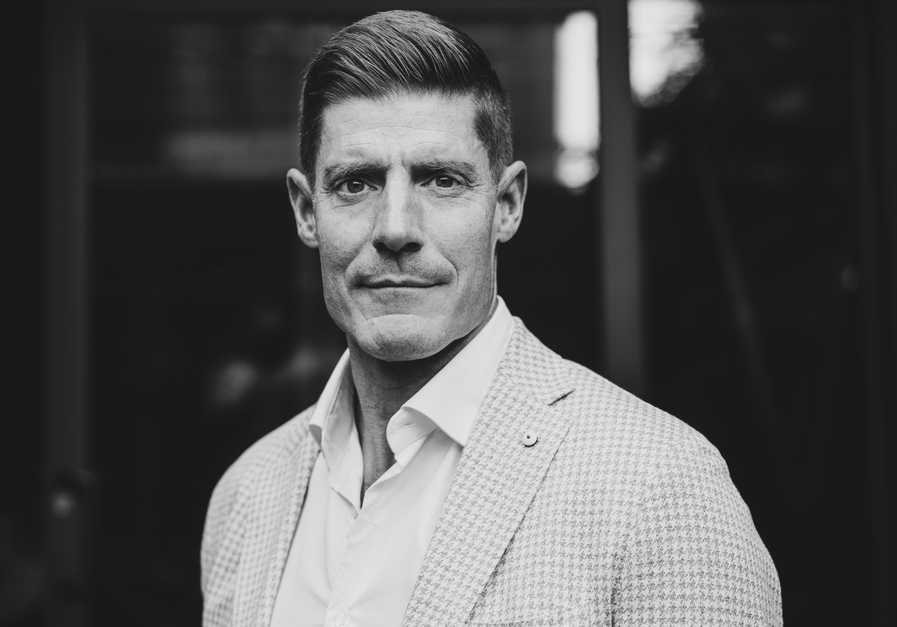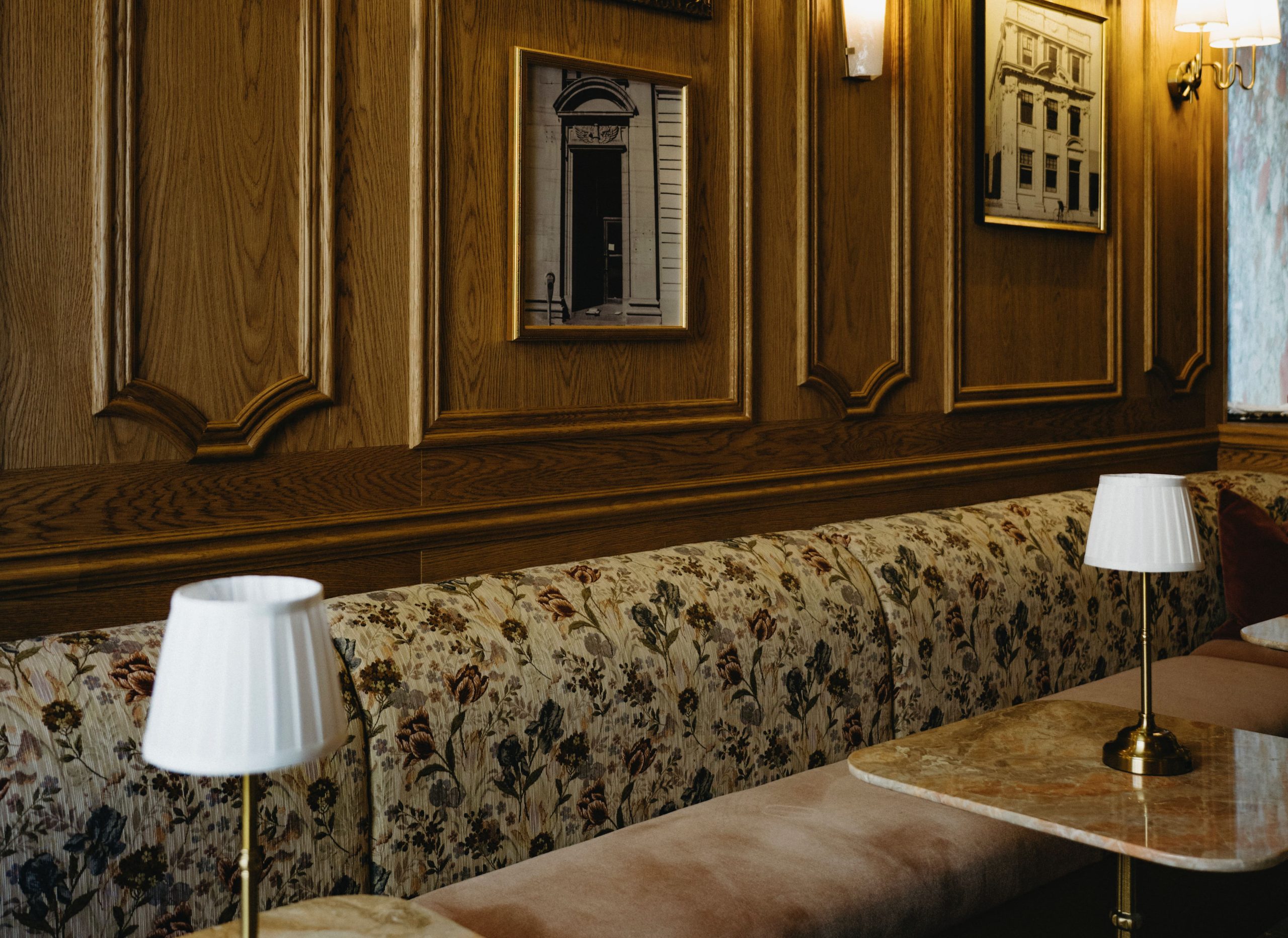Shades of life in black and white
Scroll through the online gallery of portraits painted by Valery Filippov and you’ll be sure to recognize some familiar faces: Leonard Cohen, Mark Twain, Ernest Hemingway. Others won’t be as easily recognized until you read the names below: Tchaikovsky, Dostoyevsky, Chagall, Woolf, Jung…

From mountaineers and mathematicians, to philosophers, photographers, poets, and painters, the list of artists, activists and other historic greats totals 56 in all.
While the eyes are often referred to as “the windows to the soul” and are what usually draws people to a portrait, what makes a face intriguing is more than one specific thing.
“It’s complex,” Filippov offers. “It’s the eyes, the wrinkles, the lines. Each wrinkle tells us a story.”
Tight lips can indicate anger or tension, he explains. A vertical line between the eyebrows can stem from worrying. Crow’s feet can be the result of too much sun as much as they can be from a lifetime of smiling. Combined, these cues are what spurs him to research the subject, but the deciding factor to paint, or not, is based on something invisible: the person’s moral standing.
French philosopher and writer, Voltaire, held beliefs that went against Filippov’s faith and values. The face, he loved; the man, he did not. Renowned as he is, Voltaire failed to make the cut.
Filippov’s artistic talents are rooted in childhood where, as a young boy, he experimented with his father’s cameras and darkroom photo processing. That curiosity led to an education at the Leningrad School of Photography in the early 80s, and a career as a successful photographer afterwards.
After leaving Russia and coming to Edmonton, Filippov enrolled in Gene Prokop’s Art School in the early 2000s to further his love of painting portraits. Faces have always fascinated him.
“When you paint black and white, you care about values (of paint tones). Values of the tones correspond to the values of the human. When I paint black and white, I think of human values like faith, family, children, and so on.” He recognizes that his explanation is a play on words, but it is one that is fitting. Add colour, and the eye is easily distracted.
When asked if he has a favourite of the group, he points without hesitation to the portrait of Anton Chekhov.
“Intellect. Curiosity. Humility. Peace. Almost a burning sense of being good—in everything you do and everything you are,” the artist says of his reasons for including the prolific writer.
On the back of each canvas are words spoken by the subject. For Tchaikovsky, Filippov selected the quote, “Great talent requires great diligence.” An apt choice considering he worked on the collection every day for nearly two and a half years.


For Eugene Delacroix, a French Romantic painter, Filippov chose the quote, “The artist who aims at perfection in everything achieves it in nothing.” Delacroix is considered one of the last of the Old Masters, and yet, lauded as he was, his words tell much.
Filippov says it’s tough to know when a painting is finished because there will always be something to fix—at least from the artist’s perspective.
If you take Delacroix’s words to heart, though, where, if you aim at perfection in everything, you achieve it in nothing, then, in the case of the human face, beauty is in the imperfections; the wrinkles, the flaws, and the scars—each a line of a story that tells the tale of resilience, survival, and accomplishment.
The value in that is immeasurable.
Filippov’s portraits are viewable and available to purchase on the Saatchi Art website.

Places To Be
See this month's local flavours, products, and services.










































































